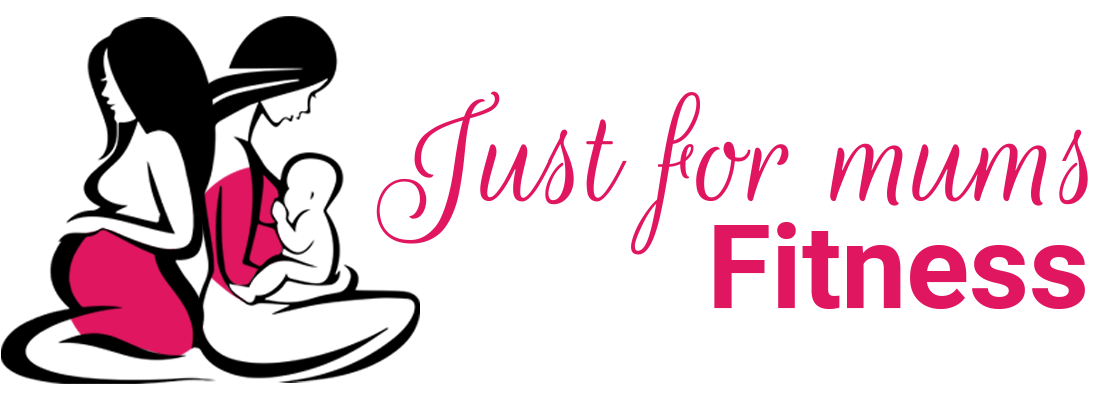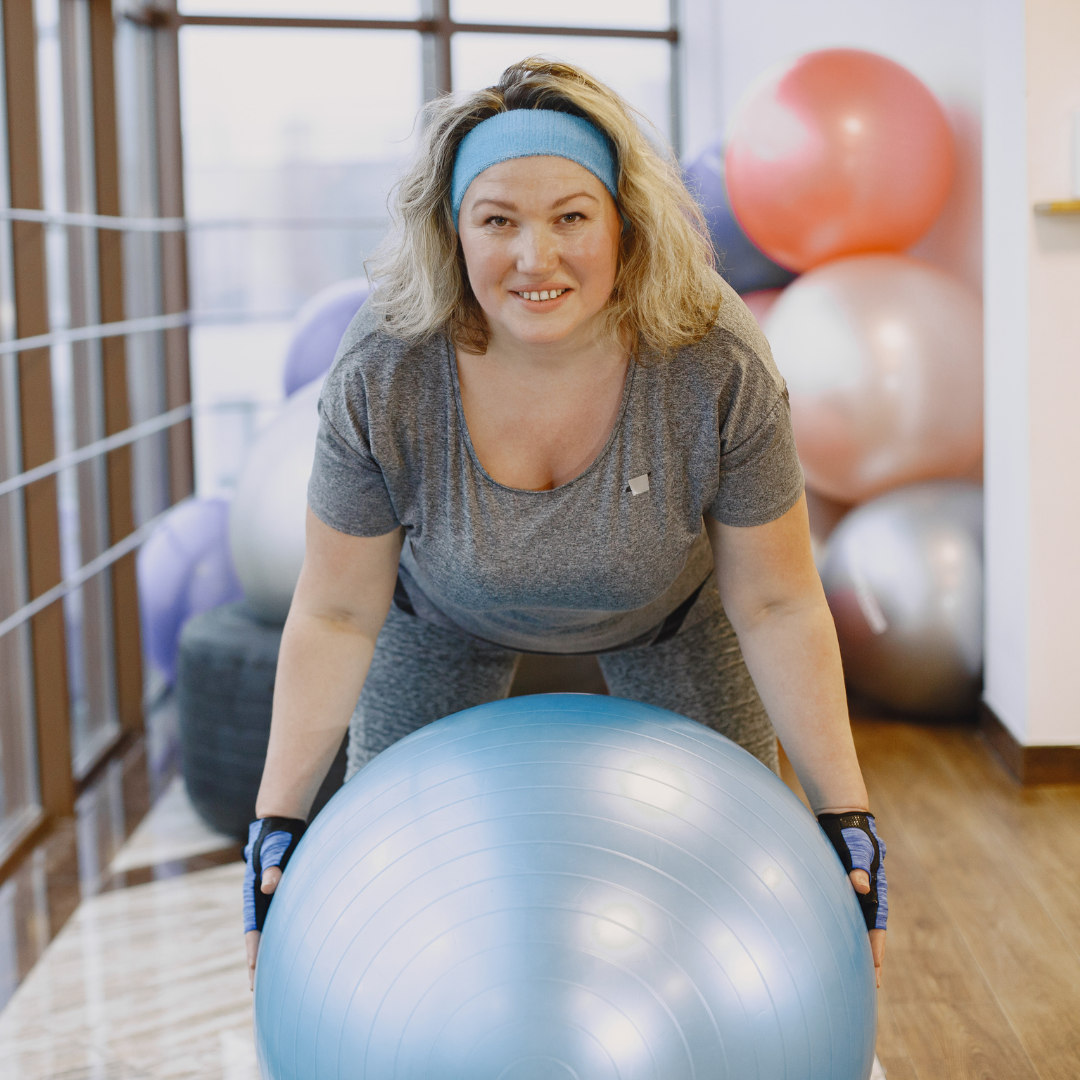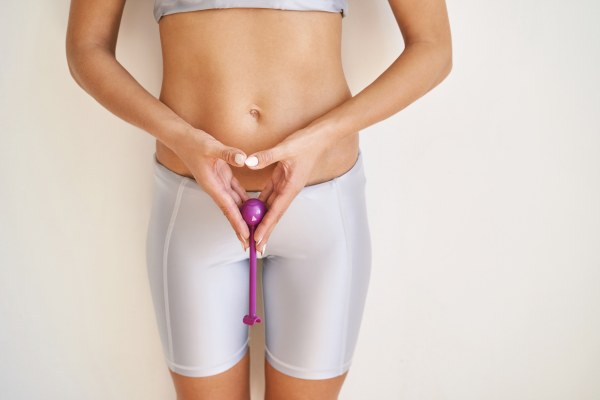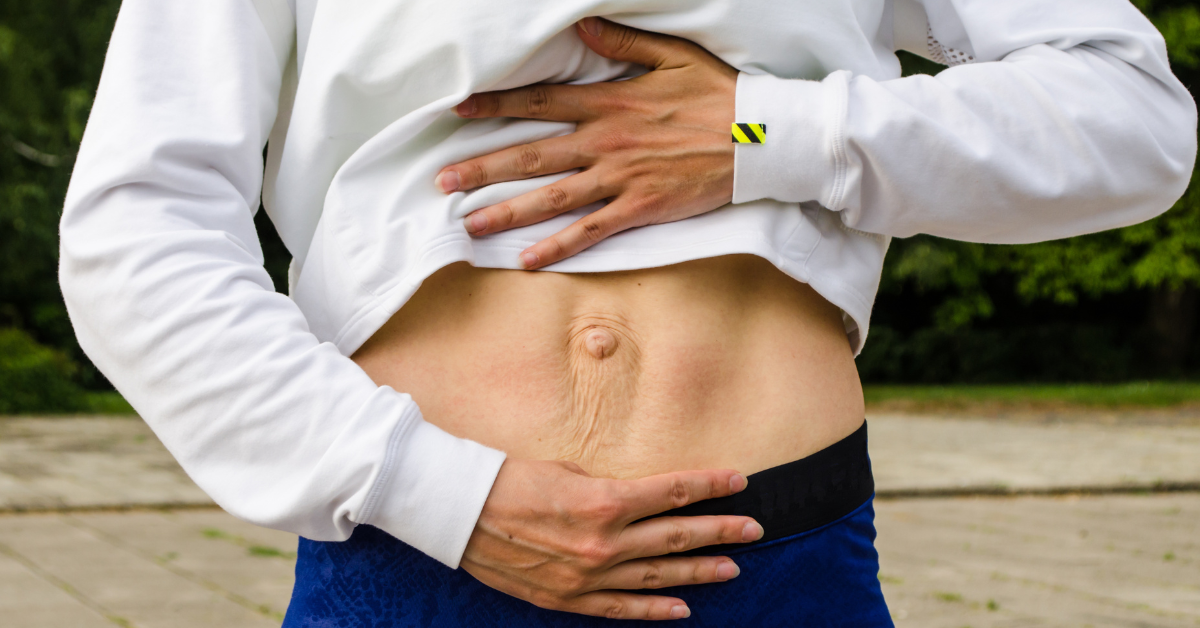Giving birth is a transformative experience for a woman’s body, and it’s vital to prioritize postpartum care, including exercise. However, it’s crucial to approach postpartum exercise cautiously and take the necessary precautions to ensure the body has time to heal and rebuild its strength. This guide highlights 10 tips for a safe and effective postpartum exercise routine, including consulting with your doctor, starting with gentle exercises, gradually increasing intensity, focusing on core and pelvic floor muscles, staying hydrated, listening to your body, getting enough sleep, eating a healthy diet, incorporating strength training, and finding a support group for new mothers. By following these tips, new mothers can promote their physical and mental well-being as they navigate postpartum.
1. Please consult with your doctor
Before starting any exercise routine, it’s essential to get the green light from your doctor. They’ll be able to assess your overall health and make sure it’s safe for you to begin exercising. Consulting with your doctor is especially important if you’ve had a c-section or other complications during delivery. Your doctor can advise you on any specific precautions or limitations you should consider during your exercise routine.
2. Start with gentle exercises
Your body has been through a lot after giving birth. Starting with gentle activities such as walking, yoga, or swimming is essential. These exercises will help increase blood flow, improve your mood and energy levels, and rebuild strength in your muscles. Walking is an excellent option as it is easy to do; you can do it with your baby indoors or outdoors. Yoga is also a good option as it can help relax your body and mind and can be done at home with videos or classes.
3. Gradually increase the intensity
As your body begins to heal and you start to feel stronger, gradually increase the intensity of your exercises. This gradual increase could include adding more challenging yoga poses, increasing the speed or distance of your walks, or adding light weight training. Gradually increasing the intensity of your exercises will help prevent injury and ensure your body is ready for more intense workouts.
4. Focus on core and pelvic floor muscles
Your core and pelvic floor muscles will weaken after birth. Incorporating exercises that target these areas can strengthen them. Specific exercises such as pelvic tilts, bridges, and TVA breathing can help to strengthen your core and pelvic floor muscles. This is important as these muscles are essential for maintaining good posture, balance and stability. It is also vital for preventing incontinence and other issues in the long term.
5. Stay hydrated
Staying hydrated is essential for overall health and helping your body recover after giving birth. Drinking enough water can help to keep your skin looking healthy, reduce fatigue, and maintain proper bodily functions. Make sure to drink plenty of water throughout the day, and avoid drinks that can dehydrate you, such as caffeine and alcohol.
6. Listen to your body
Pay attention to how your body feels during and after exercise. If you’re feeling exhausted or in pain, taking a break and resting is important. Avoid pushing yourself too hard, especially in the early stages of your postpartum exercise routine.
7. Get enough sleep
Getting enough sleep is essential for overall health and helping your body recover after giving birth. New mothers often have difficulty getting enough sleep, but it is important to prioritize it as much as possible. Aim for 7-8 hours of sleep each night and establish a consistent sleep schedule.
8. Eat a healthy diet
Eating a healthy diet can help to give your body the nutrients it needs to recover after giving birth. Ensure you include plenty of fruits, vegetables, lean protein, and whole grains. Avoid processed foods, sugary drinks, and excessive amounts of caffeine.
9. Incorporate strength training
As your body strengthens, consider adding strength training exercises to your routine. Strength training will help to improve your overall fitness level and build muscle mass. This can include weight lifting, bodyweight exercises, or resistance training. Our postpartum home workout programme ‘Retrain’ is created for mums during weeks 7 through 18 of their postpartum period. This programme focuses on good breathing patterns, a strong core and pelvic floor connection, and a good mind and muscle connection.
10. Find a support group
Joining a support group of other new mothers can be a great way to stay motivated and get encouragement as you ease into your postpartum exercise routine. It’s a great way to share experiences, ideas, and tips and connect with other women going through the same thing. Support groups can be found online, in person, or through local parenting groups or hospitals.



